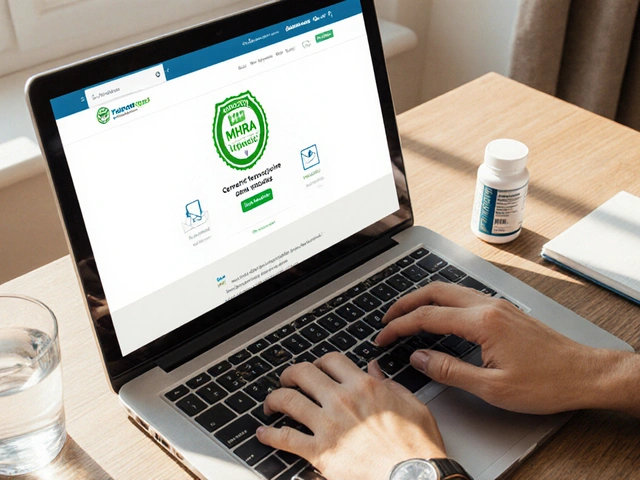Sexual Side Effects from Common Medications: What You Need to Know
December 21 2025Intertrigo Explained: What It Is and How to Beat It
Ever notice a red, sore patch where skin folds meet – like under the breasts, in the groin, or between the thighs? That’s probably intertrigo. It’s a common irritation that shows up when moisture and friction combine, letting bacteria or fungi move in and cause a rash.
What Is Intertrigo?
Intertrigo isn’t a disease on its own; it’s a catch‑all term for any inflammation that occurs in skin creases. Warm, damp spots become a breeding ground for yeast (like Candida) or bacteria, and the skin reacts with redness, itching, and sometimes a burning feeling. It can affect anyone, but it shows up most often in people who are overweight, have diabetes, or sweat a lot.
The rash usually looks like a pink or reddish patch that may ooze or develop a crust. It can be itchy or painful, and the smell might be unpleasant if infection gets worse. Because the skin is thin in those areas, it can break down quickly, leading to secondary infections that need medical attention.
How to Treat and Prevent Intertrigo
The good news? Most cases are easy to manage with a few simple steps. First, keep the area clean and dry. After showering, gently pat the skin dry – don’t rub. Use a soft towel or even a hairdryer on a cool setting to remove excess moisture.
Next, apply a barrier cream or powder. Products with zinc oxide, petroleum jelly, or talc help keep moisture away from the skin. If you suspect a yeast infection, an over‑the‑counter antifungal cream (clotrimazole or miconazole) works well. For bacterial involvement, a mild antibacterial ointment may be enough, but talk to a pharmacist if you’re not sure.
Loose, breathable clothing makes a huge difference. Cotton or moisture‑wicking fabrics let air flow, reducing friction. When you’re exercising or sleeping, change into fresh, dry clothes as soon as you can.
If the rash doesn’t improve after a week of home care, or if you see swelling, pus, or fever, it’s time to see a doctor. Prescription‑strength creams or oral meds might be necessary, and a professional can rule out other skin conditions.
For those who need medication but prefer the convenience of online ordering, many reputable pharmacies – including the ones we review on Pharmacy2Home – offer safe delivery of antifungal and antibacterial creams. Make sure the site requires a prescription when needed, shows a licensed pharmacy address, and offers secure payment options.
Finally, regular check‑ups help catch early signs before the rash gets bad. Ask your healthcare provider during routine visits if you have risk factors like diabetes or excess weight. Small changes in skin care can keep intertrigo at bay for good.
In short, intertrigo is a manageable skin irritation. Keep the area clean, dry, and protected, use the right over‑the‑counter creams, and don’t hesitate to get professional help if things worsen. With a bit of attention, you can stay comfortable and avoid the hassle of recurring rashes.
 1 Sep
1 Sep
Skin Chafing vs Skin Conditions: How to Tell the Difference and Treat It Fast
Not sure if it’s chafing or a skin condition? Clear signs, quick checks, treatments, and red flags. Practical, evidence-backed guide to feel better fast.
Read More...




